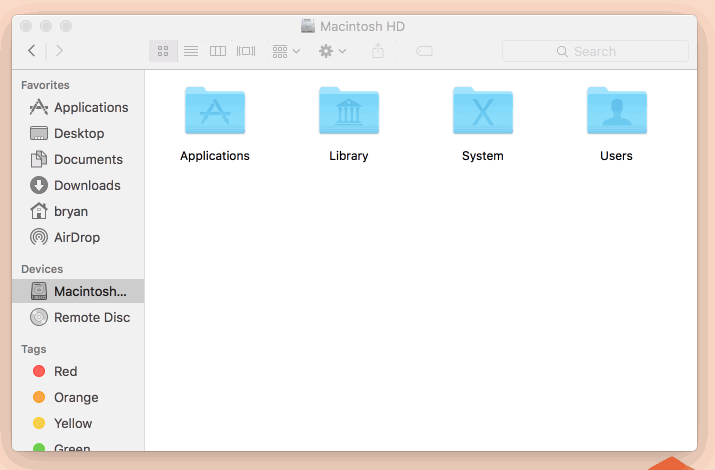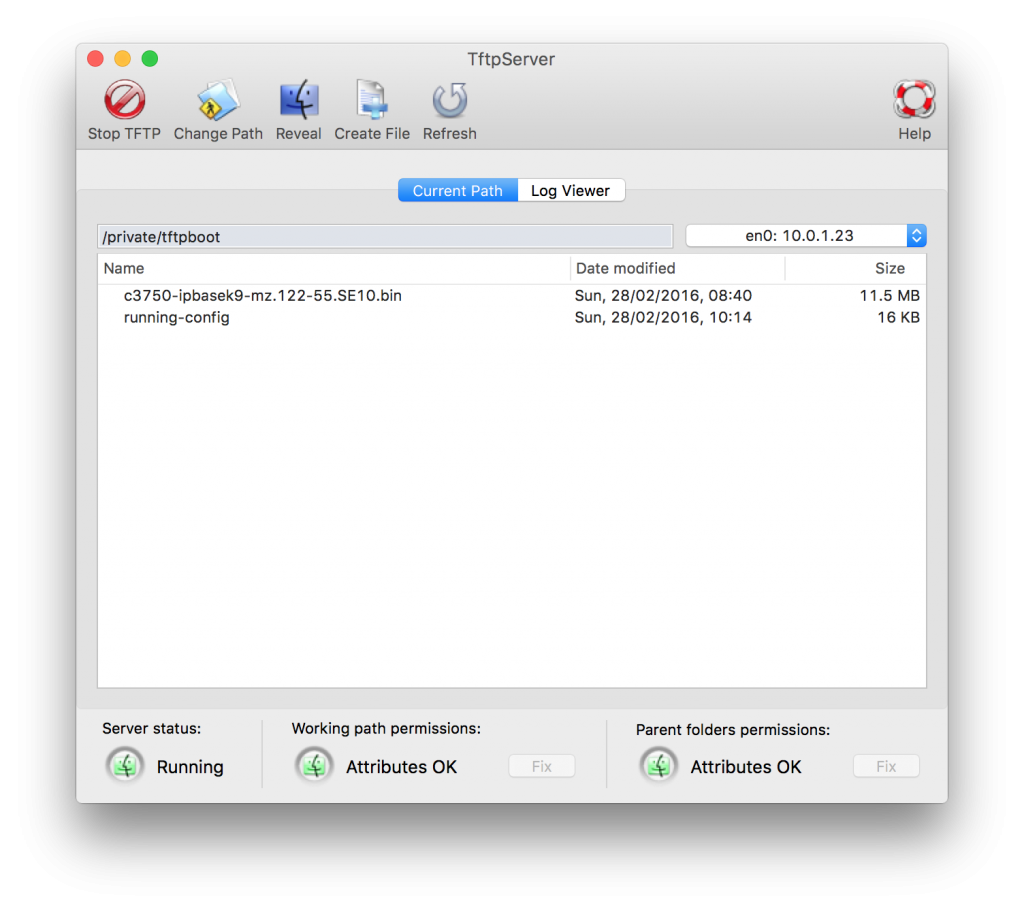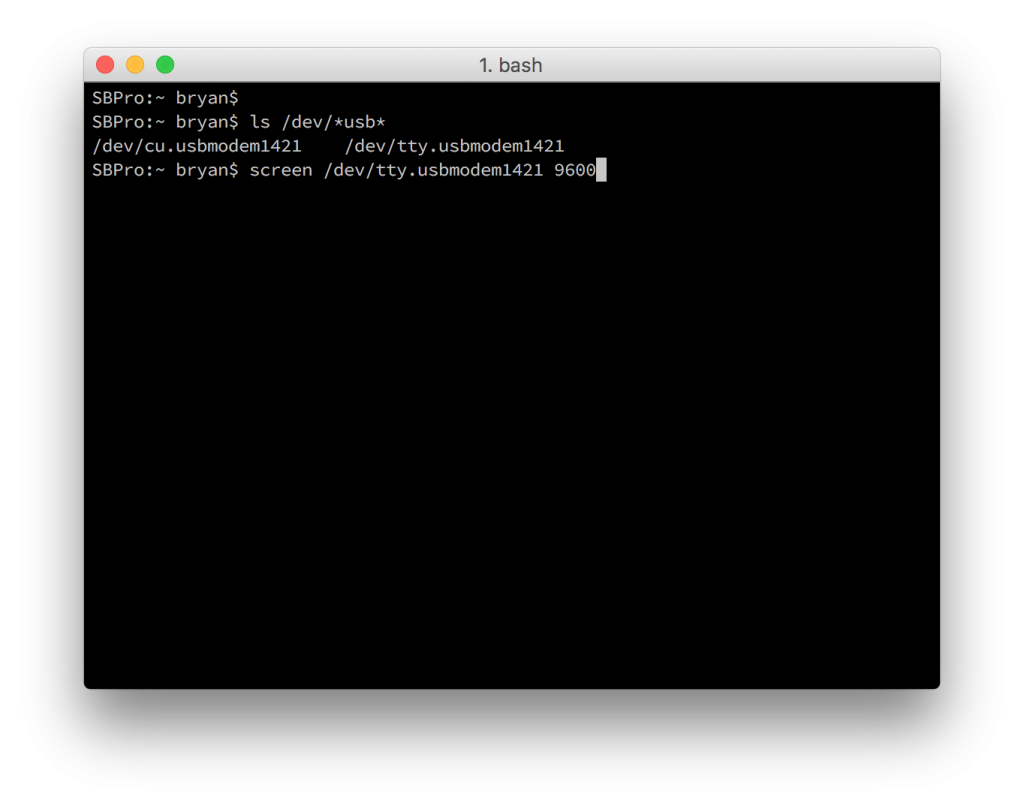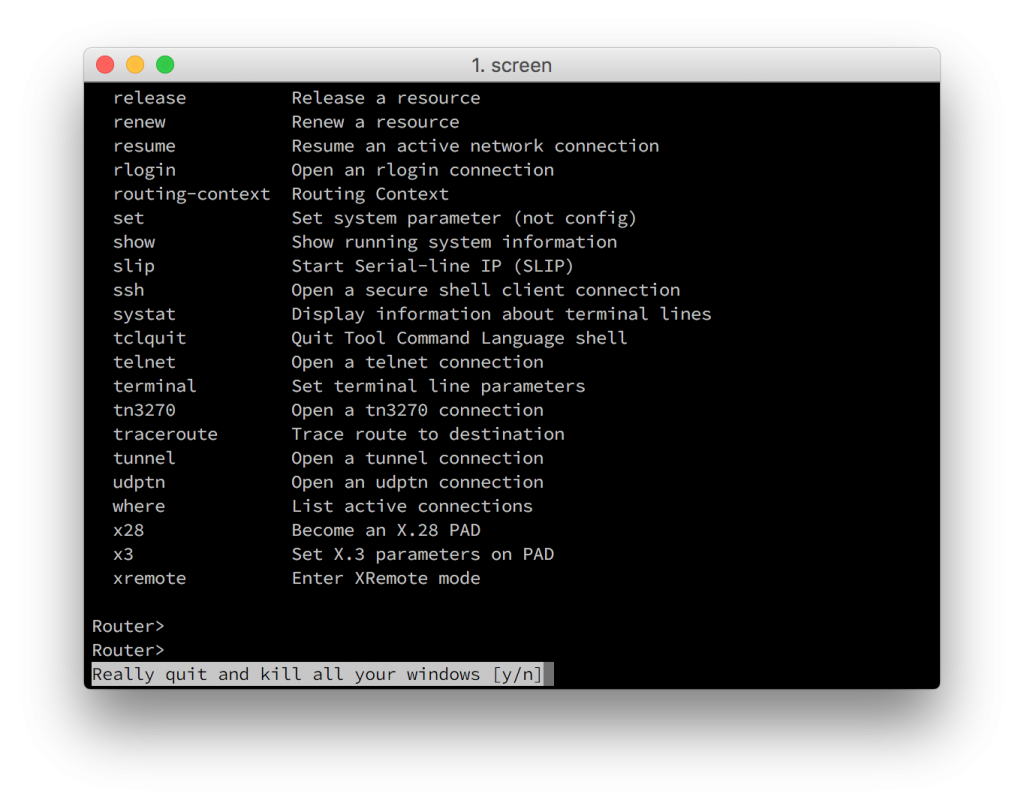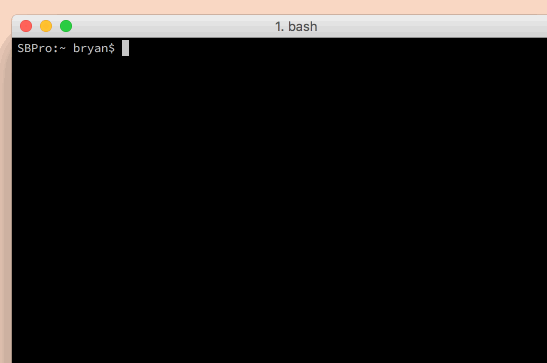I was both sad and excited to see that Apple removed telnet from Mac OS High Sierra, excited because telnet is a nearly 40 year old protocol that is highly insecure for network management and saddened because I often have to use telnet when at client sites.
There are a few different methods you can use to bring back telnet, including copying over the binaries from a Sierra install to /usr/local/bin (as seen here) or using a session manager like SecureCRT, but since I’ve been using Homebrew to manage a few other packages for a while now I figured I’d just go ahead and use that.
- First install Homebrew from your terminal (warning: please don’t copy and paste code snippets from a web browser straight into your terminal, please double check your sources)
- https://brew.sh/
-
/usr/bin/ruby -e "$(curl -fsSL https://raw.githubusercontent.com/Homebrew/install/master/install)"
- Run
brew install telnet
==> Downloading https://homebrew.bintray.com/bottles/telnet-54.50.1.high_sierra. Already downloaded: /Users/me/Library/Caches/Homebrew/telnet-54.50.1.high_sierra.bottle.1.tar.gz ==> Pouring telnet-54.50.1.high_sierra.bottle.1.tar.gz 🍺 /usr/local/Cellar/telnet/54.50.1: 4 files, 246KB
There you have it. Run telnet by simply issuing the telnet command and the ip/port you want to connect to.
telnet towel.blinkenlights.nl
